Overton, Nv.
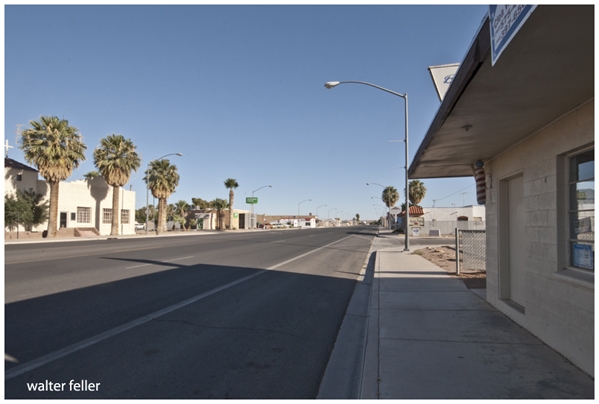
Overton, Nevada, is a small town with a rich history that reflects broader trends in the American West. Here's a brief overview:
1. Native American History: The area around Overton has been inhabited by Native American tribes for thousands of years. The Ancestral Puebloans, known for their cliff dwellings and rock art, were among the earliest known inhabitants. Later, the Southern Paiute tribe inhabited the area.
2. Mormon Settlement: The modern history of Overton begins with Mormon settlers in the mid-19th century. Overton was part of the Mormon Corridor and was initially established as a farming community. Mormon pioneers played a significant role in the settlement and development of the region.
3. Agriculture and Ranching: Overton's early economy was primarily based on agriculture and ranching. The fertile Moapa Valley, in which Overton is located, was ideal for growing cotton, alfalfa, and other crops. Ranching also played a significant role in the local economy.
4. Lost City and Archaeology: One of Overton's most significant historical aspects is the Lost City, an area with Ancestral Puebloan ruins. These ruins were partially excavated in the 1920s, revealing a wealth of information about the ancient inhabitants. However, much of the Lost City was submerged under Lake Mead after the construction of the Hoover Dam.
5. Hoover Dam and Lake Mead: The construction of the Hoover Dam in the 1930s and the resulting creation of Lake Mead had a major impact on Overton and the surrounding area. While it led to the loss of some historical sites, it also brought new economic opportunities and transformed the landscape.
6. Tourism: In recent decades, Overton has become a hub for tourists interested in outdoor activities, such as hiking, boating, and exploring the Valley of Fire State Park, known for its stunning red sandstone formations and ancient petroglyphs.
7. Modern Overton: Today, Overton is a small town that retains its rural charm. It serves as a gateway to various recreational areas and continues to honor its rich cultural and historical heritage through museums and preservation efforts.
This overview provides a snapshot of Overton's history, reflecting the broader history of settlement, economic development, and cultural preservation in the American West.
Arrowhead Highway through Overton
The Arrowhead Highway, which passed through Overton, Nevada, has an interesting history as one of the earliest auto trails in the United States. Here's an overview:Early Auto Trails: Before the modern interstate highway system, the United States had a network of auto trailsóroads primarily used for automobile travel. These were often marked by colored bands on telephone poles, unique signage, or other distinctive markers. The Arrowhead Highway was one of these early trails.
The Arrowhead Highway: Established in the early 20th century, the Arrowhead Highway was one of the first major roads connecting Los Angeles to Salt Lake City. It was named for its distinctive arrowhead-shaped markers, which guided travelers along the route.
Route Through Overton: The Arrowhead Highway's route passed through various towns and cities, including Overton, Nevada. The highway played a significant role in connecting small, rural communities like Overton to larger urban centers, fostering economic and cultural exchanges.
Impact on Overton and Surrounding Areas: For towns like Overton, the Arrowhead Highway brought increased traffic and commerce. It made travel to and from these areas more accessible and convenient, promoting tourism and aiding local economies. Overton's location along the highway would have made it a stopover point for travelers, providing services such as lodging, dining, and fuel.
Evolution into Modern Highways: As the U.S. highway system developed, many of the auto trails, including the Arrowhead Highway, were absorbed into the numbered highway system. The specific routes of these early trails were often modified or replaced by more modern roads.
Historical Significance: Today, the Arrowhead Highway is recognized for its historical significance as part of the early development of road transportation in the United States. While the original road may no longer exist in its entirety, its legacy is remembered as an important step in the evolution of American roadways.
In summary, the Arrowhead Highway's passage through Overton is a notable part of both the town's history and the broader history of transportation in the United States. It symbolizes the transition from local, community-focused routes to a more interconnected, national network of roads.
OpenAI. (2024). ChatGPT (4) [Large language model]. https://chat.openai.com
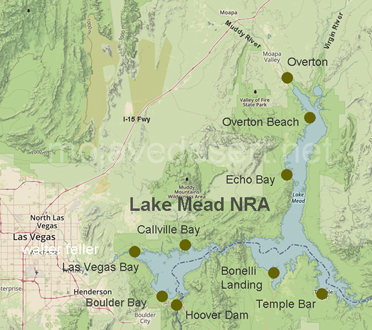
Overton Beach
Muddy River
Lake Mead
Upper Colorado River
Las Vegas, NV
A Token of Friendship
Lost City
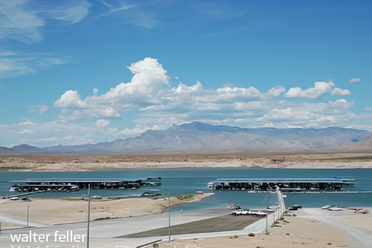
Overton Beach
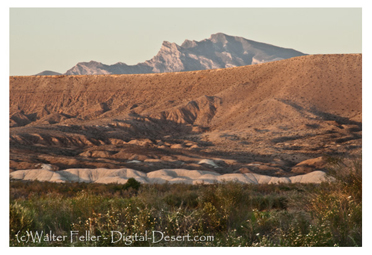
Mormon Mesa
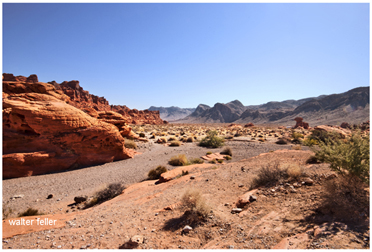
Valley of Fire
